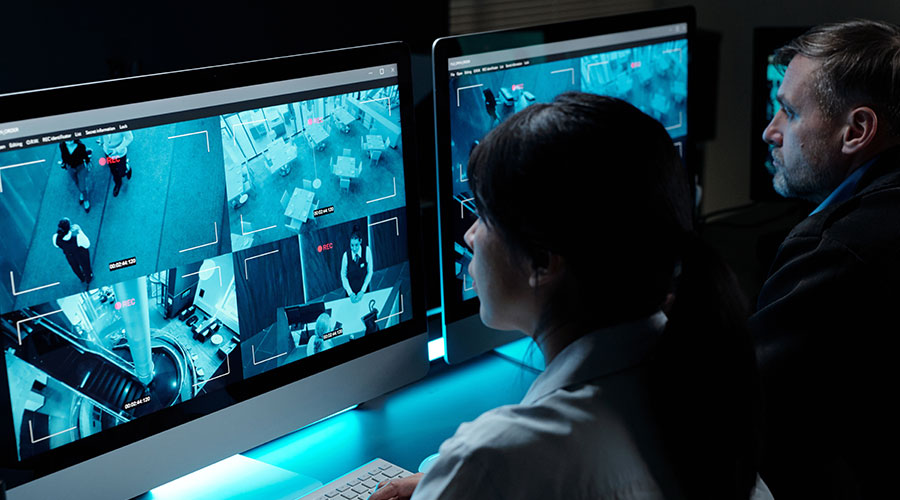A networked lighting control system consists of many products: dimmable drivers or ballasts, sensors, power controllers, software and more. But as products innovate and evolve, should facility managers be changing what they are looking for when installing a network lighting control system?
Healthcare Facilities Today set out to answer this question through a roundtable with industry product manufacturers.
What products should be included in a networked lighting control system in a healthcare facility?
As lighting control systems continue to advance, we are likely to see a continued focus on patient comfort in hospitals, with human-centric lighting and lighting controls more prominent in these spaces. A specific controls platform to consider is wireless controls technology because of its ability to work within many types of spaces. Leveraging wireless products will quickly lower the installation costs and allow for simple space renovation, while still providing the flexibility of a digital lighting control system that can work in the variety of space types common in a healthcare facility.
— Steve Roe, Vice President of Indoor Controls, Acuity Brands Lighting
Basic functionality is dictated by energy code, but in most cases healthcare facilities are equally concerned with delivering the best possible patient experience. The specific products you choose will largely depend on the space type, functionality, and budget. Ultimately, the facilities team would prefer a single system that can tie all these spaces together under one platform; but there are excellent options available at every price point.
Motorized shading keeps mood-boosting views accessible, and still allows a patient to nap mid-day without having to get out of bed. Tunable white lighting can be deployed in patient rooms to mimic natural daylight, and in staff spaces to accommodate shifted schedules. Color changing light in key applications – including pediatric spaces – help to distract patients with a little bit of fun.
Don’t take on all these design decisions yourself. Start early in the project, and work with a manufacturer that has significant experience in the nuances of healthcare design and is ready to help specify the right system for the project.
— Matt Ochs, Sr. Director, Commercial Business, Lutron Electronics

 How Healthcare Facilities Can Be Truly Disaster-Resilient
How Healthcare Facilities Can Be Truly Disaster-Resilient TriasMD Breaks Ground on DISC Surgery Center for San Fernando Valley
TriasMD Breaks Ground on DISC Surgery Center for San Fernando Valley Bigfork Valley Hospital Falls Victim to Data Breach
Bigfork Valley Hospital Falls Victim to Data Breach AI-Driven Facilities: Strategic Planning and Cost Management
AI-Driven Facilities: Strategic Planning and Cost Management  Double Homicide Suspect Hides from Police in Upstate Community Hospital
Double Homicide Suspect Hides from Police in Upstate Community Hospital